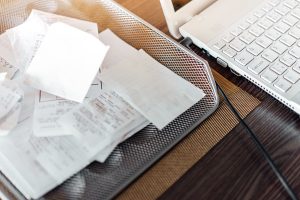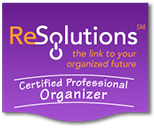
Most of us aren’t writing many checks these days, but we are still spending money and receiving payments. In the old days, there were only two ways to withdraw funds from your bank account: write a check or hand over a withdrawal slip to a bank teller. You deposited funds in person at the bank. Then with the marvelous innovation of ATMs, it was no longer necessary to go into a bank to withdraw, deposit, or transfer money. Today you can pay bills online through your bank’s website or app, or through apps such as Venmo, Zelle, & CashApp or transfer funds to and from PayPal. Your paycheck is most likely deposited directly via EFT. All this said, how and why do you need to balance your checkbook even if you are not writing checks?
Transactions flow through your bank account, so even though you aren’t writing physical checks, you still need to keep track of what’s coming in and going out. Bank errors are rare, but if they do happen, you want to be able to correct them as soon as possible. You also want to monitor against fraud. Therefore, the need still exists to reconcile your bank account to monitor the flow of money.
Here are some resources for you to explore to decide the best approach for you.
For a basic understanding of how to balance a checkbook
To learn how to balance a checkbook in a paperless world.
Regardless of the method you choose, I can’t emphasize how important it is to monitor your bank accounts.
Photo: PicJumbo

 Join My Email List
Join My Email List